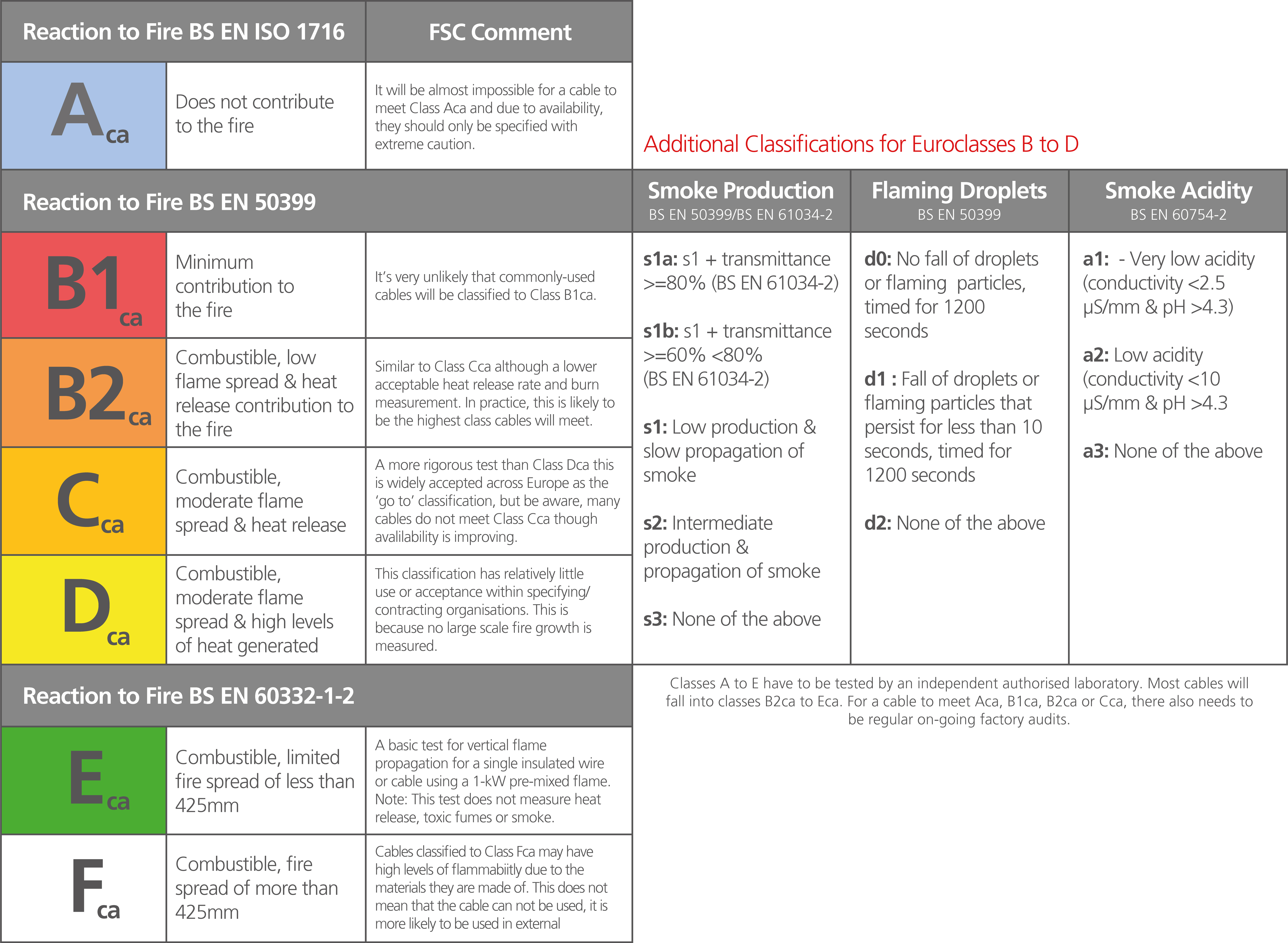Posted 29 September 2020
 If you are involved in installing, specifying or selecting cable for use as permanent wiring within a building or civil works, it's worth reminding you of the implications of the Construction Products Regulation (CPR) from Europe, this article aims to clear up any confusion about how CPR affects cables.
If you are involved in installing, specifying or selecting cable for use as permanent wiring within a building or civil works, it's worth reminding you of the implications of the Construction Products Regulation (CPR) from Europe, this article aims to clear up any confusion about how CPR affects cables.
CPR has been around for many years (previously CPD) and covers the fire performance and other aspects of various products used in construction, from doors to plasterboard. Back in June 2016, CPR became relevant to electric and fibre optic cables used in buildings and civil works. This includes houses, hospitals, shops, offices, airports, tunnels, stations, in fact any construction where people are likely to be and some where they aren’t! CPR became a legal requirement in July 2017.
The idea is that people involved in the design and construction of buildings and structures will be able to make more informed decisions about the effects of the potential spread of fire from the products they choose. Cables are the latest products to be regulated in this way.
Suppliers (manufacturers, wholesalers and distributors) will have to declare the fire performance of a cable designed for use in buildings. This will be graded as class A to F (see table 1). In some parts of Europe, local governments have chosen to stipulate the class of cable that can be used in different types of buildings. For example a hospital may be exclusively class C whereas a house may be class E. In the UK foe example, it has been left to the specifier or installer to follow IEE guidelines and decide on which class is most appropriate.
Table 1: Summary of Euroclass test results for CPR-rated cables

The standard has been designed to determine the likely spread of fire through a structure. Many of the materials used in the production of cables are derived from oil and therefore in their unmodified forms, highly flammable. As cables run throughout buildings, between floors and through walls, they are a natural conduit for the spread of fire.
Suppliers now need to provide a Declaration of Performance (DoP) showing critical information, such as manufacturer’s name, product type and class met. Some suppliers choose to supply this with the product as a label or attachment but the regulation specifies that the information must be available from the supplier for up to 10 years from the date of purchase.
Some cables, through their design and function, can only pass the lower levels of testing. Data cables, such as Cat 5E and Cat 6, contain a lot of air or gaps internally and in some cases PVC tubular jackets which will burn freely. Without significant redesign, these cables are unlikely to meet anything higher than Class E. Redesigned cables may cost more, be more difficult to strip and install, use more material and weigh more.
This is also true of many Belden style cables, telephone cables, alarm and signal cables. Specifiers and installers need to take a pragmatic view when selecting cables. T&E, armoured and general building wires are used in large quantities and will potentially meet the higher classes of B2 and C. Whereas audio, alarm and data cables will generally meet class E or occasionally class D.
One big issue is the cost of testing and meeting the other requirements of conformity which will increase the prices of lower volume cables.
We are constantly updating our cable range and now have over 850 products independently tested and CPR compliant. With over 3,500 products in stock, many of which are used in building, it’s a lengthy process but is part of the commitment to provide products that comply with the latest regulation.
So far we have covered flammability of cables but the other part of the story is what happens when they do burn. Classes B1 to D can also have additional tests to measure smoke density, acidity of gas given off and burning droplets falling from the cable (see table 2).
Table 2: Potential Cable Performance Permutations Under the S.A.D Classification

For the most up to date information on CPR and cables, click here









